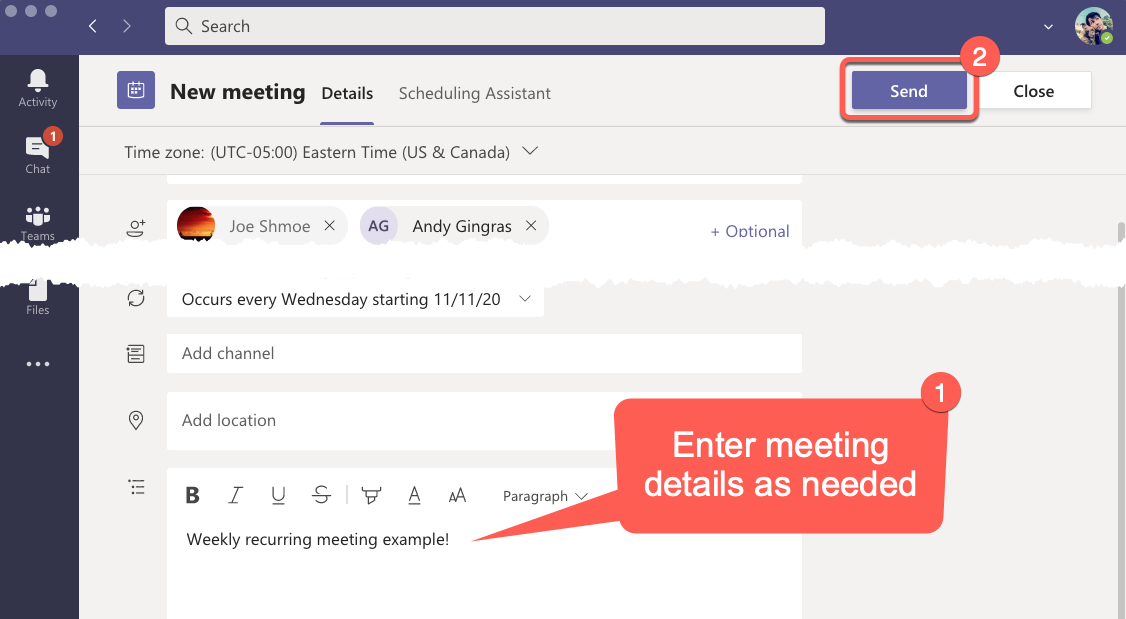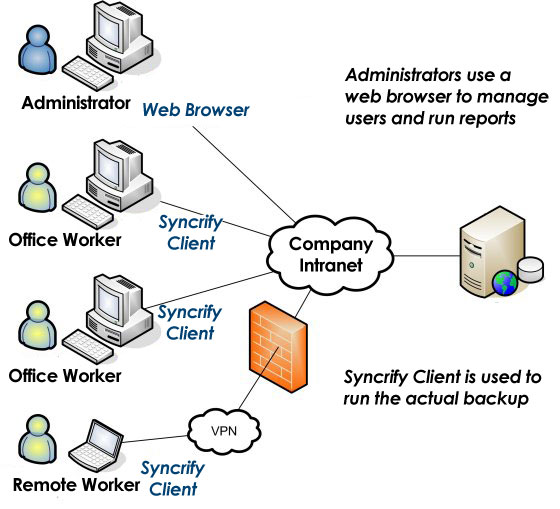


It is also worth noting that Couchbase retrieves replicas (if any are found) asynchronously. They have an overview section that gives a great overview of the goals, approach, and results. Bounteous writes SEO and Analytics case studies that never fail to impress. See how some of these marketers have taken their success stories and crafted compelling case studies for their clients. A credit card company, for example, needs a large base of credit card holders. Looking to find a bit of inspiration too Sometimes the best way to learn is to follow a great example.
#Client base example Offline
When using the latter approach, if a recently updated document's primary node should fail or go offline before the updates have been fully replicated, replica reads may or may not return the latest version of the document. Your Customer Segments are the different groups of people or organizations. However the more common practice, for reasons of performance, is to have the application return from writes immediately after writing to memory of a document's primary node, because disk writes are inherently slower than memory writes. Note that it is possible, when writing your application, to have write operations block until persistence and replication are complete. List list = bucket.getFromReplica(id, ReplicaMode.FIRST)
#Client base example update
We can also use the upsert method, which will either insert the document (if the id is not found) or update the document (if the id is found): JsonDocument upserted = bucket.upsert(document) 4.3. If a document with the supplied id already exists in the bucket, Couchbase throws a DocumentAlreadyExistsException. The JsonDocument returned contains all of the properties of the original document, plus a value known as the “CAS” (compare-and-swap) value that Couchbase uses for version tracking. To add a new document to the bucket, we use the insert method: JsonDocument inserted = bucket.insert(document) Help clients realize that your company is much more than a logo and a catchy tagline. Being open about where you come from accomplishes a deeper emotional connection and sets the foundation for winning your clients’ trust.

JsonDocument document = JsonDocument.create(id, content) Building a client base starts with forming an honest relationship with your clients. Next, we create a JSONDocument object consisting of an id value and the JSONObject: String id = UUID.randomUUID().toString() Before we can insert a new document into our bucket, we must first create an instance of JSONObject containing the document's contents: JsonObject content = JsonObject.empty()


 0 kommentar(er)
0 kommentar(er)
